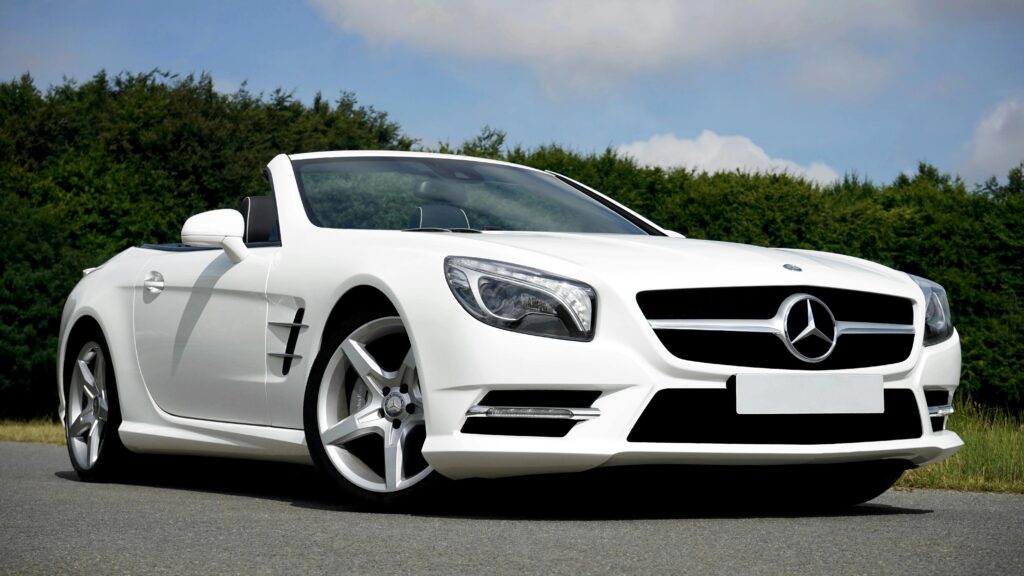I was going for my daily walk with my dog and wondered how is everybody able to afford these new cars with soaring costs and inflation? According to Autotrader new vehicle prices averaged $66,422, indicating a 7.4% increase from the same period last year while the interest rate sit at 5.3%.
Most disturbing of all I’ve noticed these Tik Tok videos where a person is asking employees at a car dealership how much their car payments are and usually the response is over $1000? Dont get fooled as this tactic is targeted at young people to normalize outrageous payments.
So what do consumers need to do when shopping for a new vehicle? Nathan-Paul has come up with some tips to help you on your journey for a new car.
DO I REALLY NEED TO BUY NEW?
It may be wiser to choose used cars if cost is your first priority. Even though they’re only a year or two old, they’re still much less expensive than the same models bought brand-new. This is a result of depreciation, which is the pace at which an automobile loses value over time. There is a widespread misconception that an automobile loses roughly 10% of its value the moment it is driven off the lot. That value may drop by an additional 10% over the first year. A vehicle’s value could drop by more than 30% by the third year!
However, the depreciation slows considerably after that. Therefore, if you get a car that is three years old or older and maintain it well, you should be able to sell it for a respectable amount in the future.

SHOULD I HAVE A DOWN PAYMENT?
While most dealerships don’t demand one, it is advised to put down 20% of the vehicle’s purchase price in order to avoid going into default on your loan, increase your chances of getting a lower interest rate, lower monthly payments, and, most importantly, save money overall.

HOW MUCH CAR CAN I AFFORD?
Many financial experts suggest that spending 10% – 15% of your monthly gross income on a car and no more than 20% if you include gas and car maintenance. These numbers may be hard to attain as average car prices and rates rise. Another rule you may have heard about is 20/4/10 rule which is 20% down payment, car loan of 4 years, and 10% of your net income.
Your ability to borrow money for a vehicle loan can be ascertained by using an automobile affordability calculator, which considers variables such as interest rate, credit score, and length of loan. Car affordability calculators can help you determine a desired automobile purchase price and give you a better idea of your financing capacity.
DON’T FORGET ABOUT INSURANCE
Before making a purchase, obtain insurance quotes to find out how much your policy would cost. You may conclude that the vehicle you are considering is too costly to insure. It is preferable to be aware of this before purchasing the car.

TOTAL COST OF BUYING A NEW CAR
When buying a new car you must calculate the total cost of ownership throughout the course of your intended vehicle ownership in order to completely comprehend the financial commitment. Depreciation, insurance, upkeep, fuel, car protection programs, and any loan interest are all included in this. You can get important insights from websites and programs that estimate the costs, enabling you to make a well-informed choice that takes the long-term financial effects into account.









































